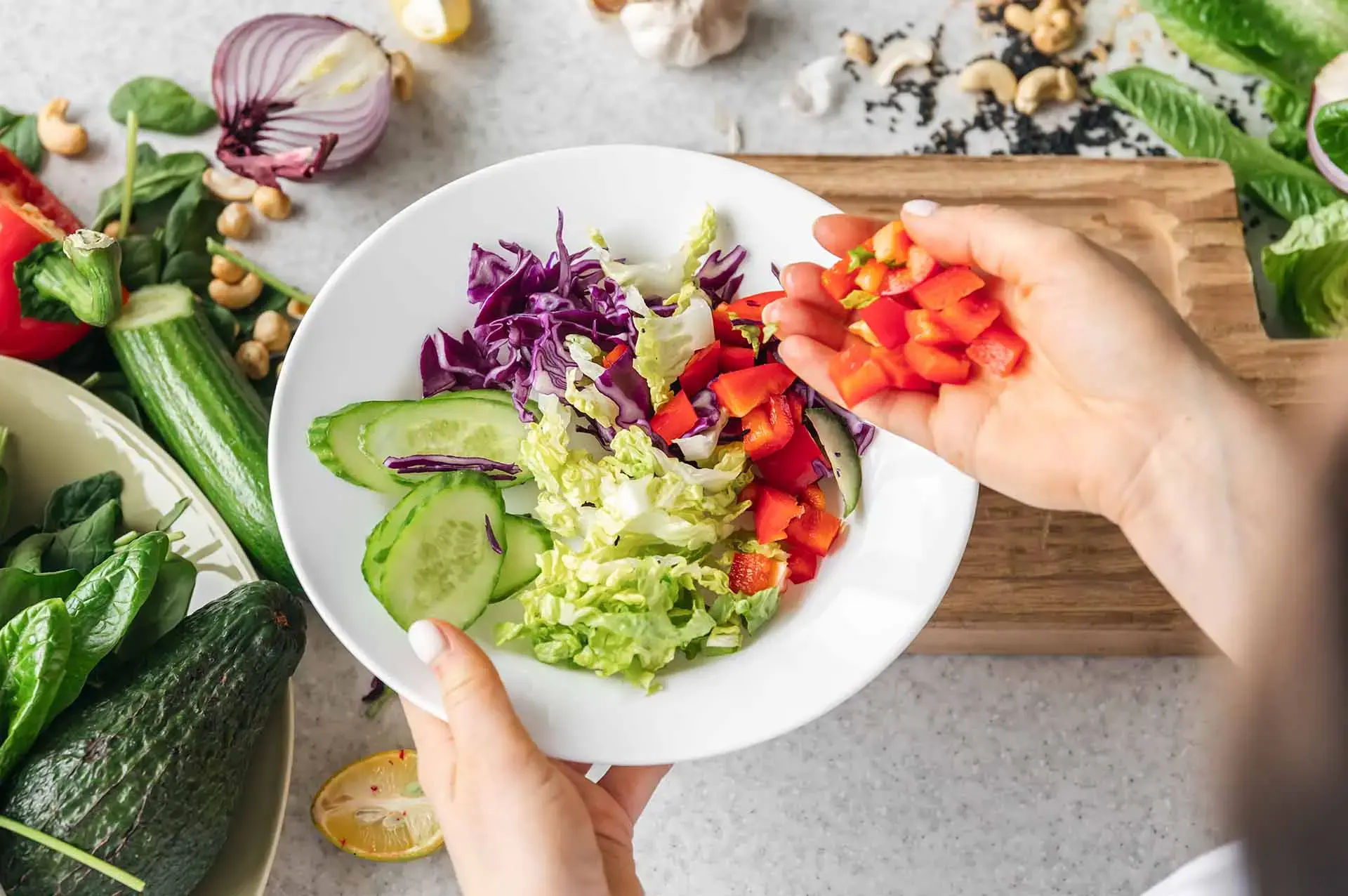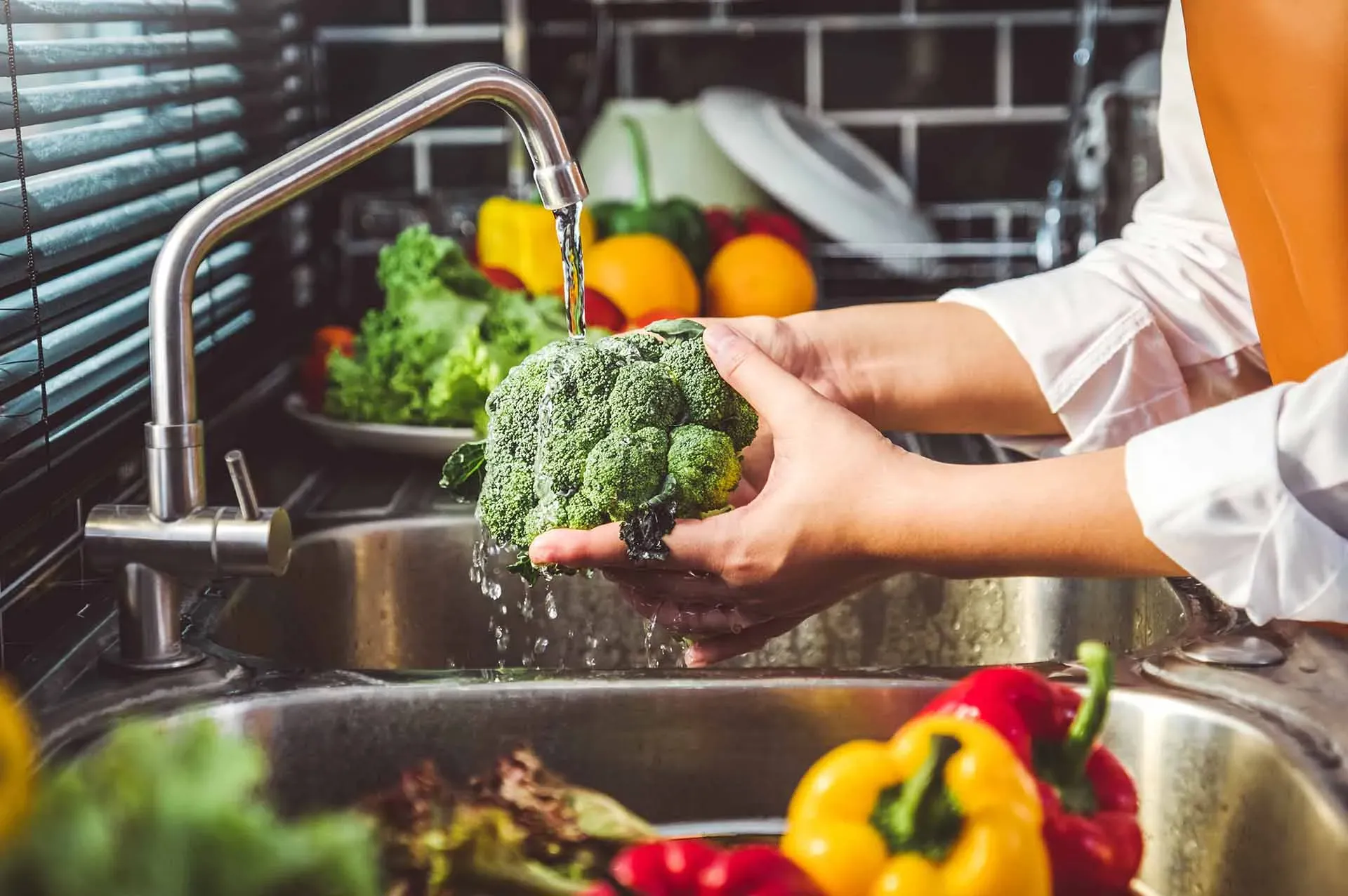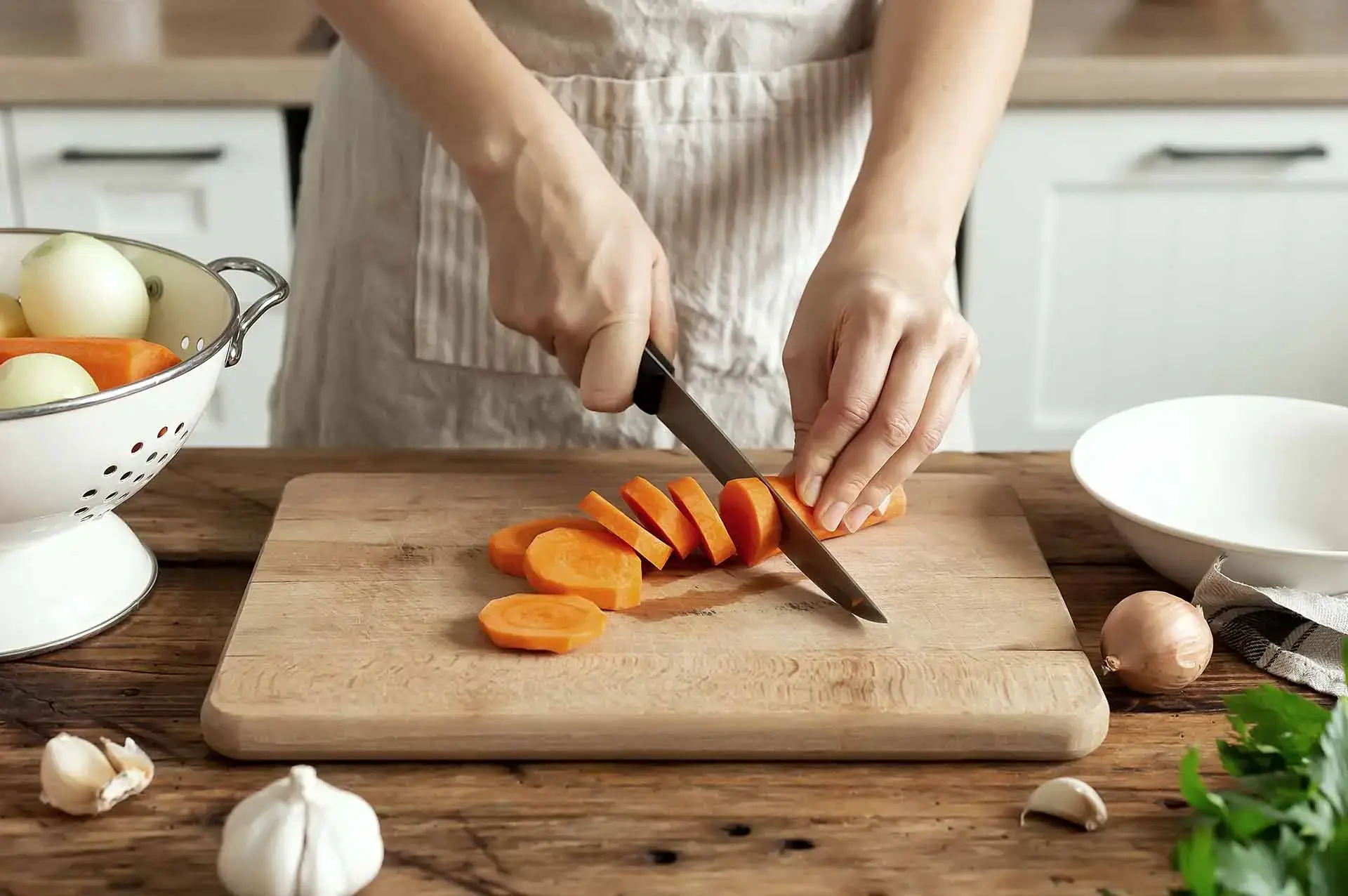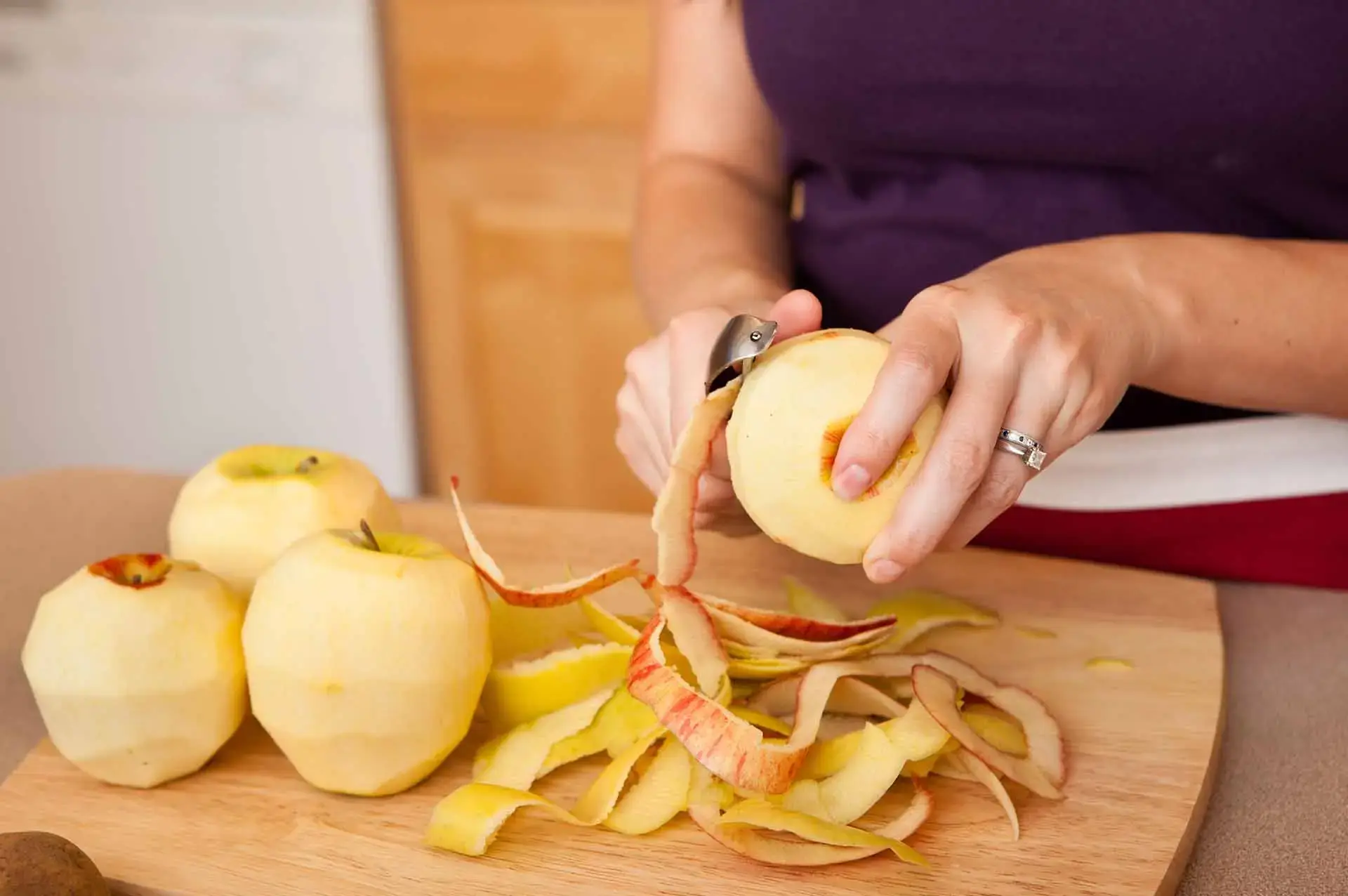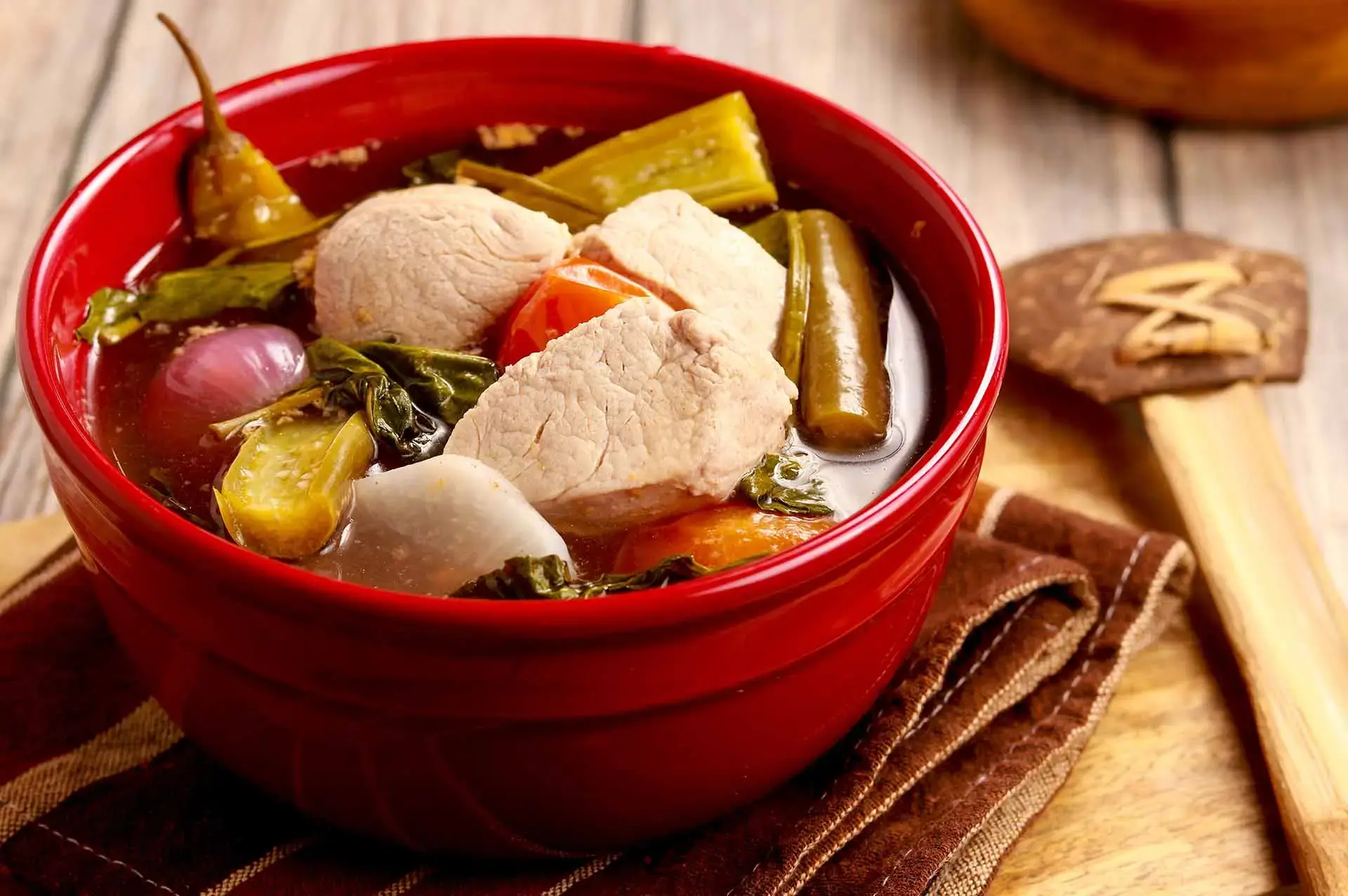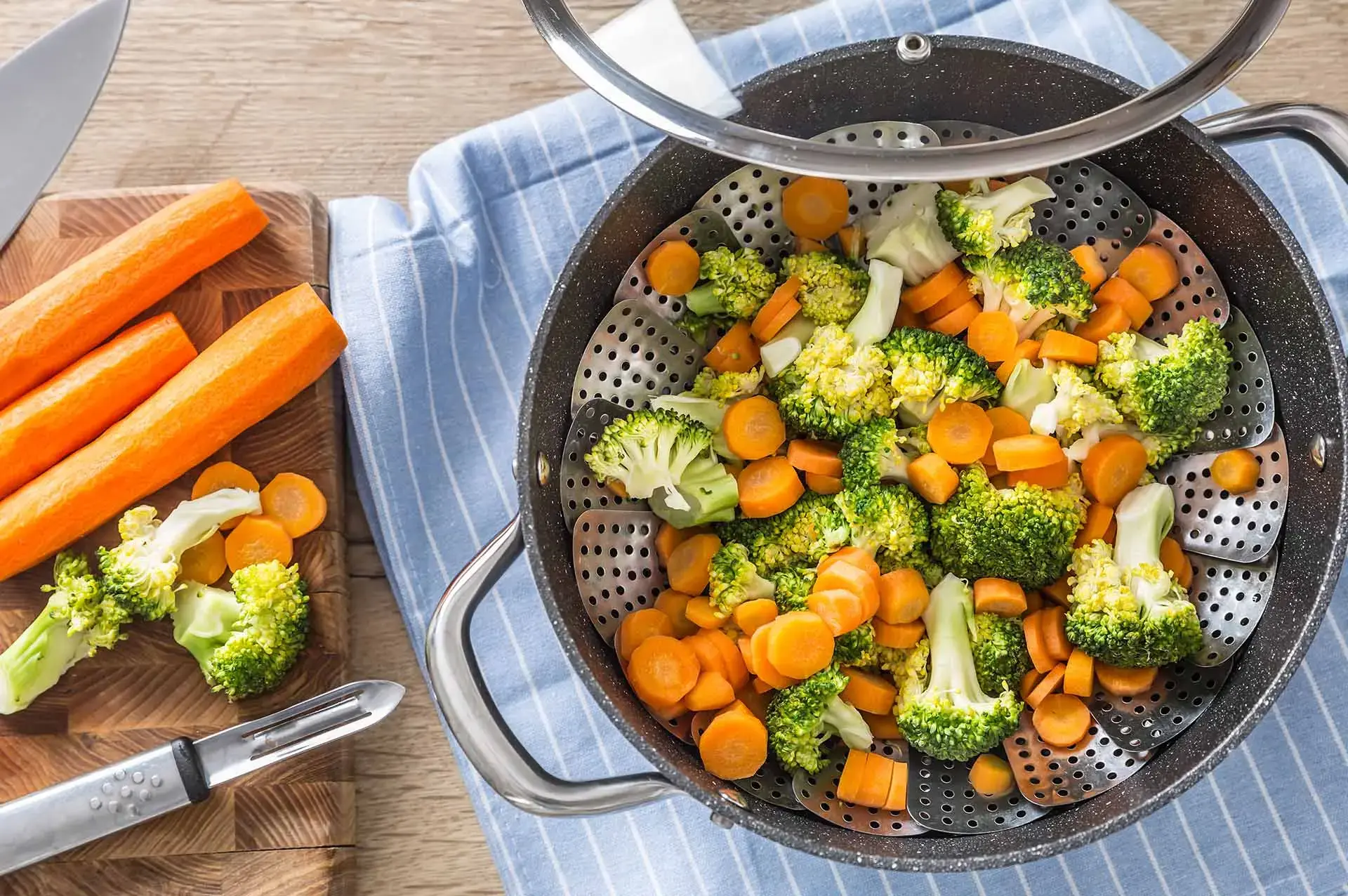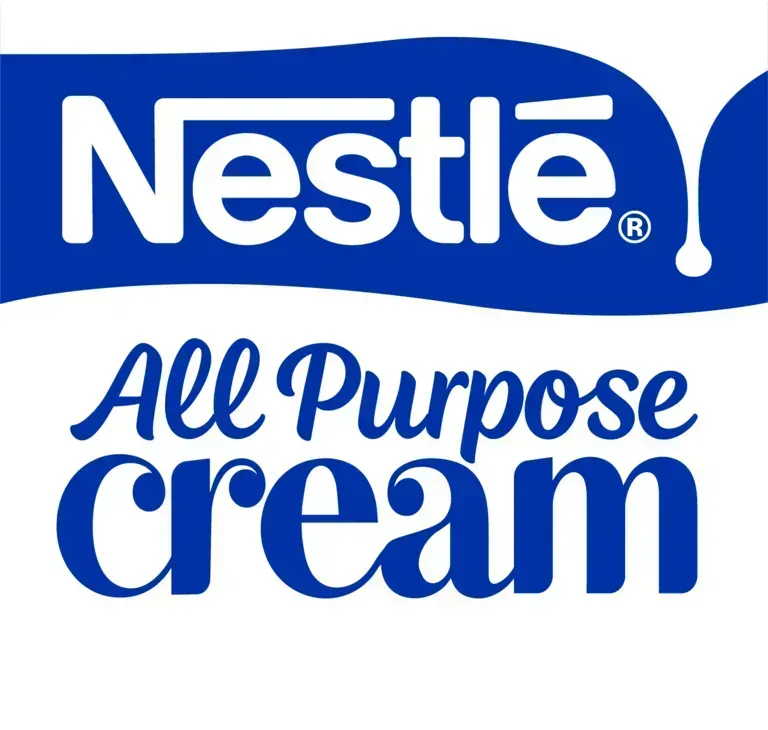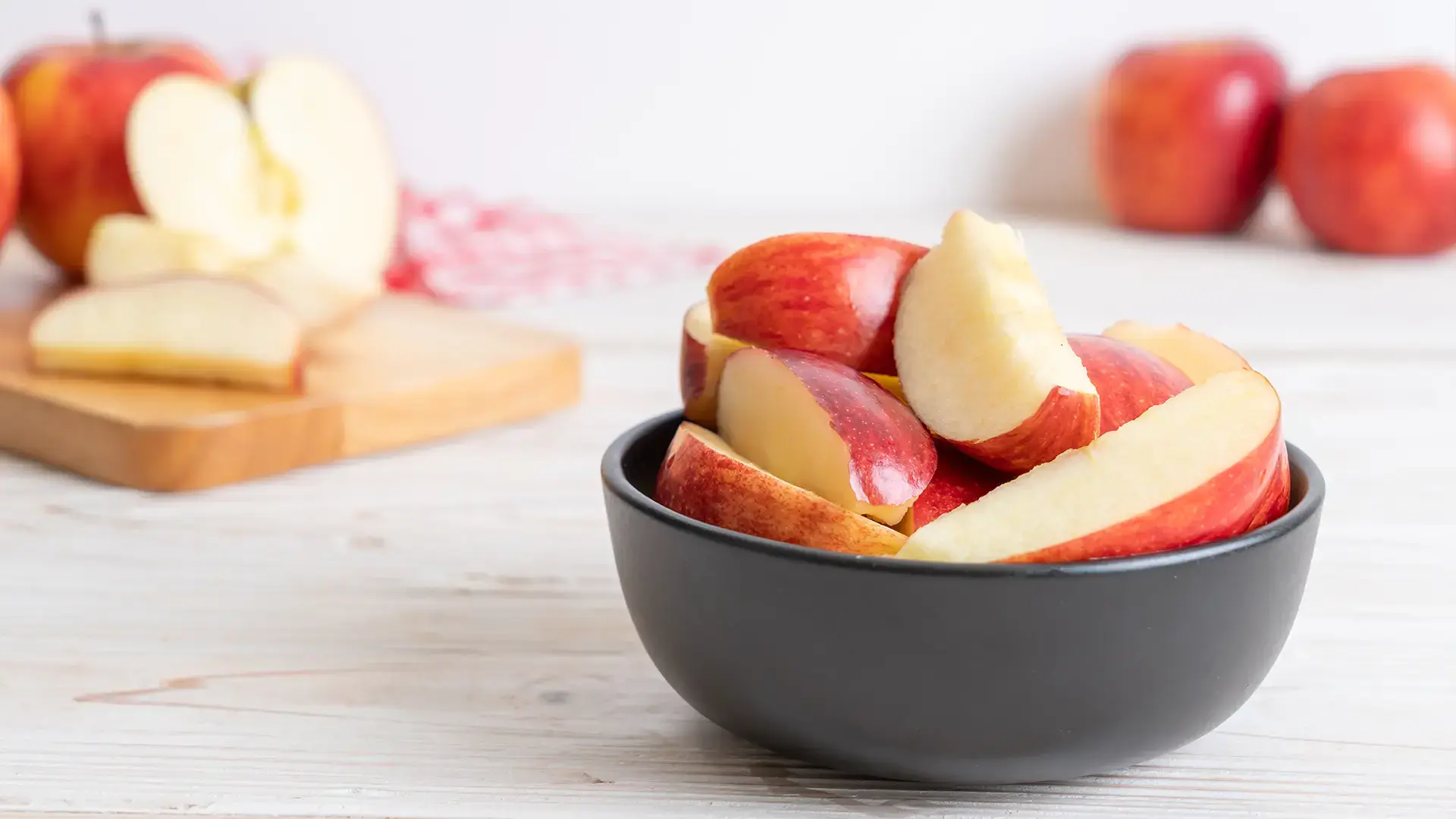Busog na, malusog pa!
Isn’t this the ideal scenario? But with the fast pace of life, we usually only have time to go for busog, opting for easier to prepare food without really taking into account the proper way to do it.
But you’d be surprised to know we can lose out on nutrients from our food through incorrect preparation. That’s why it’s important for us to know how to clean, process, cook, and store our foods the right way. That way, we both enjoy our food while being enriched and nourished to the max!
Keep Nutrients Locked in
It may come as a surprise, but nutrients in our food are actually sensitive to elements in your kitchen, such as light and temperature. Keeping this in mind, here are some food preparation and storage tips to remember whenever you’re making it happen in the kitchen:
- For fruits and vegetables, time is of the essence! Start preparing them as close to consumption time as possible.

